The Indoor Trophy: F1’s last non-championship event
- Lorenzo Baer

- Jul 15
- 6 min read
Updated: Oct 24
Written by Lorenzo Baer, edited by Aaron Carroll

December 8th, 1988, may seem like an ordinary date in the world motorsport calendar, unrelated to any event worthy of interest.
The regular Formula 1 season had already ended almost a month ago, with Ayrton Senna taking home the first of his three world titles, while other categories, such as the World Sportscar Championship (WSC) and IMSA, were looking ahead, focusing on 1989.
Despite this, that day in the winter of 1988 represented the return of one of the most remarkable and oldest traditions of F1: a non-championship race.
Even with the suggestive choice, which could today raise among F1 spectators the question of how such an event could be successful, it can be said that the meeting ended up being a success, remaining as a non-regular F1 event for almost a decade.
Later known as the Indoor Trophy, this unique series of races provided a short-lived return of F1 to its roots, moving away from the glamorous and modern circuits such as Monza or Silverstone, to get closer to the public in a modest parking lot converted into a race track, in the historic Bologna.
The origins of the event
One point worth noting was that the Indoor Trophy was not an isolated event in the automotive calendar. In fact, it was created with the aim of complementing the agenda of the renowned Bologna Motor Show, held annually since 1976.
For years, in addition to exhibiting vehicles and trends, as in other automotive shows, the event also offered the public other attractions such as races for small-displacement cars and motorcycles, which were held in the large parking lot next to the convention center where the Show was held.
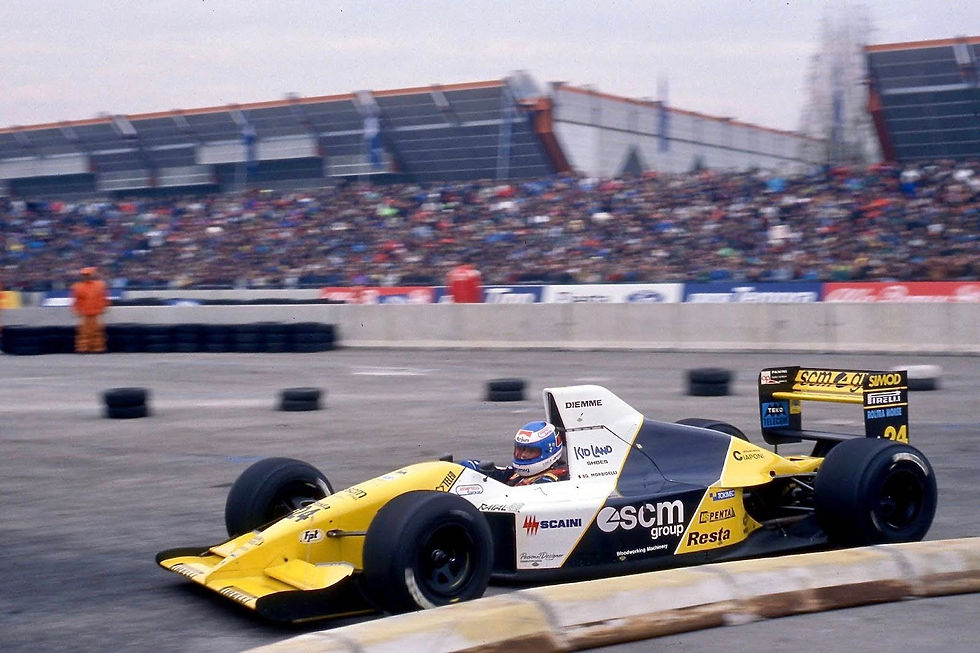
Despite the great success of the event in its early years, the organizers of the Show knew that they would have to innovate with each new edition to stay in the running, not losing ground to similar initiatives, of which there were a dozen in Italy alone.
Thus, the idea of somehow trying to attract F1 teams to hold a series of demonstration races began to blossom, creating a unique attraction that would truly set the Motor Show apart from other automotive events of the time. Even though it seemed absurd and with little chance of success, the idea went ahead, with the expectation that it could be put into practice for the 1988 Bologna Motor Show.
To truly make the dream a reality, the first objective would be to set the track to be used for the race. In order to maintain the structure used in previous years, it was decided to build the temporary circuit in the same car park used to host previous events of the Motor Show, a cramped space that was far from being suited for race cars.
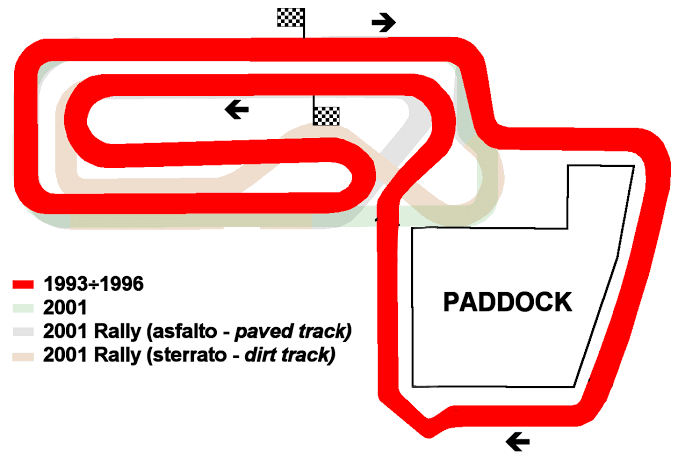
Holding the event in a parking lot brought its own sort of challenges. First, the surface - which was certainly worse than all racetracks of the 1988 F1 calendar - had grip conditions far from ideal for the powerful F1 cars.
The weather could also play its tricks, since the race, despite being called the “Indoor Trophy”, was held in an open space! In other words, rain, snow or any weather condition could change the scenario of the race, on a circuit that was notoriously difficult and treacherous even in ideal conditions.
Due to the limitations of the track, traditional car-to-car contests were ruled out. So, the organizers came up with a solution, a direct elimination system based on times, with each driver entering the circuit alone and trying to set the fastest lap time possible.
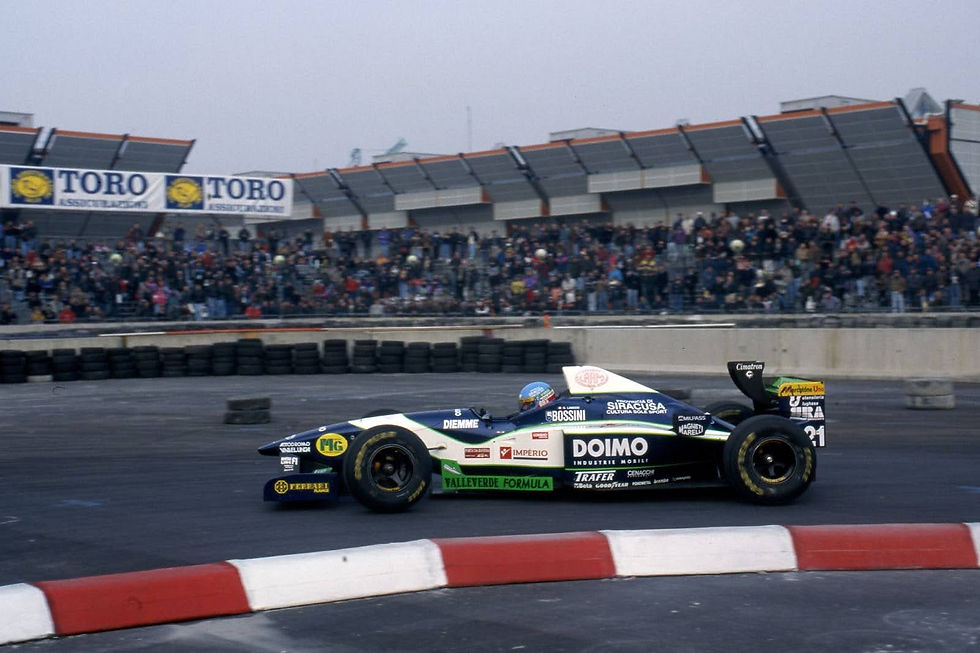
To facilitate the structure of the competition, a knockout system was systematized, with each driver facing a duel with another driver. Thus, there were the quarter, semi and final phases, with a progressive elimination system determining the winner of the tournament.
Although the final result in mid-1988 revealed an even better event than one might expect, the organizers of the Bologna Motor Show did not count on one thing: the total lack of interest of the main F1 teams. They certainly would not risk their valuable assets in a race that, in practice, was worthless.
So, it was up to a handful of drivers and machines to kick off the initial chapter of the event, in the distant year of 1988.
A brief summary of the Indoor Trophy editions
The six cars that contested the inaugural Indoor Trophy could politely be described as a “motley” of some of the more unassuming teams in F1 at the time, with Minardi, EuroBrun, Osella and BMS/Dallara sending representatives to the event simply because of the prize money on stake.
First (which would go on to acquire an infamous reputation in motorsport in the years to come) also got its share of the action, fielding a suggestive Formula 3000 chassis ‘updated’ to F1 standard.
So, with all set, the six pilots were drawn into three quarter final head-to-head duels. Alex Caffi (BMS/Dallara) would face Nicola Larini (Osella), Pierluigi Martini (Minardi) challenged Gabriele Tarquini (First) and Pérez-Sala (Minardi) would clash with Fabrizio Barbazza (EuroBrun).
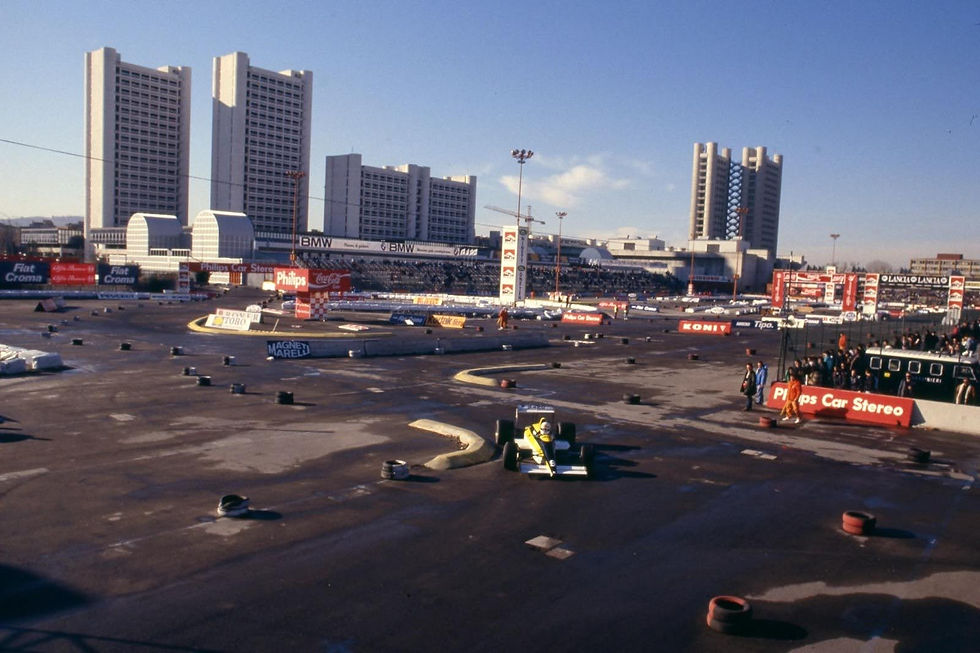
Caffi, Martini and Pérez-Sala easily won their heats, while Larini, despite losing his duel, also advanced to the semifinals, due to being the fastest non-winner.
Larini was defeated again by Pérez-Sala, but Caffi surprised the seasoned Martini, to prevent an all-Minardi final. In the final though, Pérez-Sala once again prevailed, taking home the victory.
Pérez-Sala would win again in 1989, in another grid composed of the lackluster Minardi, Osella, Dallara, EuroBrun and Coloni teams. The Faenza squad maintained its dominance in the 1990 edition as well, with Gianni Morbidelli beating Olivier Grouillard (Osella) in the final.
1991 marked the debut of the first non-Italian team in the tournament, the declining Team Lotus, which bet on the rising star Johnny Herbert. The youngster did a spectacular job in the event, taking the uninspiring Lotus 102-Judd to the final, which would ultimately be won by Tarquini’s Fondmetal.
Herbert would have his revenge the following year, when the Briton would win the final against the Finn JJ Lehto, after the BMS/Dallara driver's gearbox simply failed in the heat of the race.
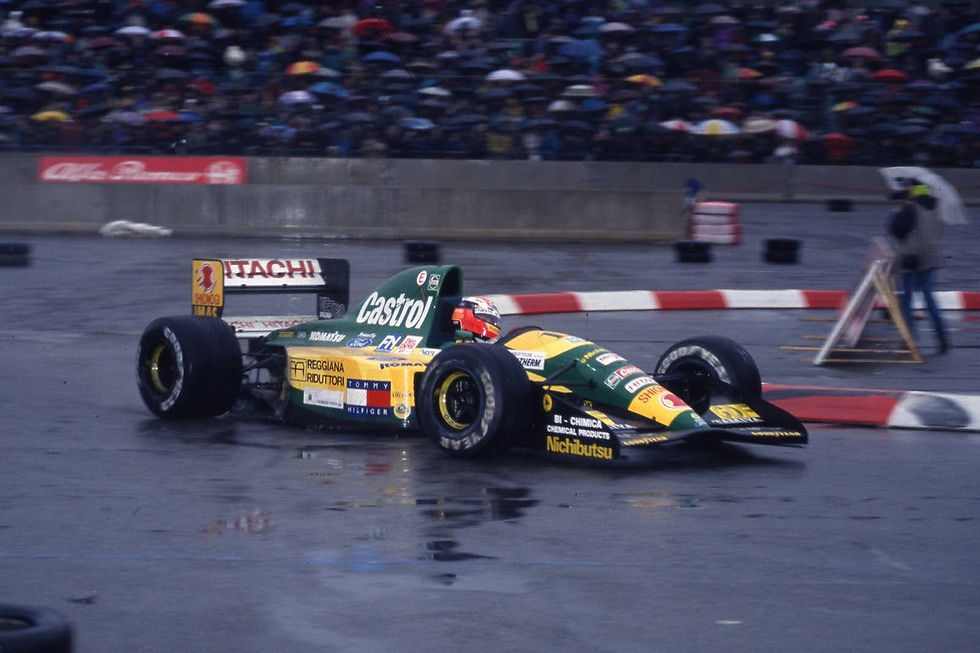
In 1993, it was the turn of another foreign team to shine, this time the Irish Jordan. With a complement formed by the young Rubens Barrichello and Vittorio Zoboli, the team faced the experienced Fabrizio Barbazza and Michele Alboreto (BMS/Lola), as well as Pierluigi Martini (Minardi), in a duel that tested the drivers' nerves to the extreme.
Despite this, Barrichello emerged victorious, beating Martini in a fierce battle for victory.
The 1994 edition was suspended for economic and organizational reasons, with the competition being restored in 1995. Luca Badoer gave Minardi its fourth and final victory in the Trophy in the event.
The final event of the Indoor Trophy, in 1996, was certainly the most interesting, from the technological and competition points of view. Benetton (Jarno Trulli and Giancarlo Fisichella), Ligier (Shinji Nakano and Olivier Panis) and Minardi (Giovanni Lavaggi and Tarso Marques) lined up their full tow-car complement in the race, in a dispute that promised to be close between the competitors.
Despite this, both Nakano and Panis suffered early problems in their heats, leaving the showdown to be decided between the Benetton and Minardi drivers.
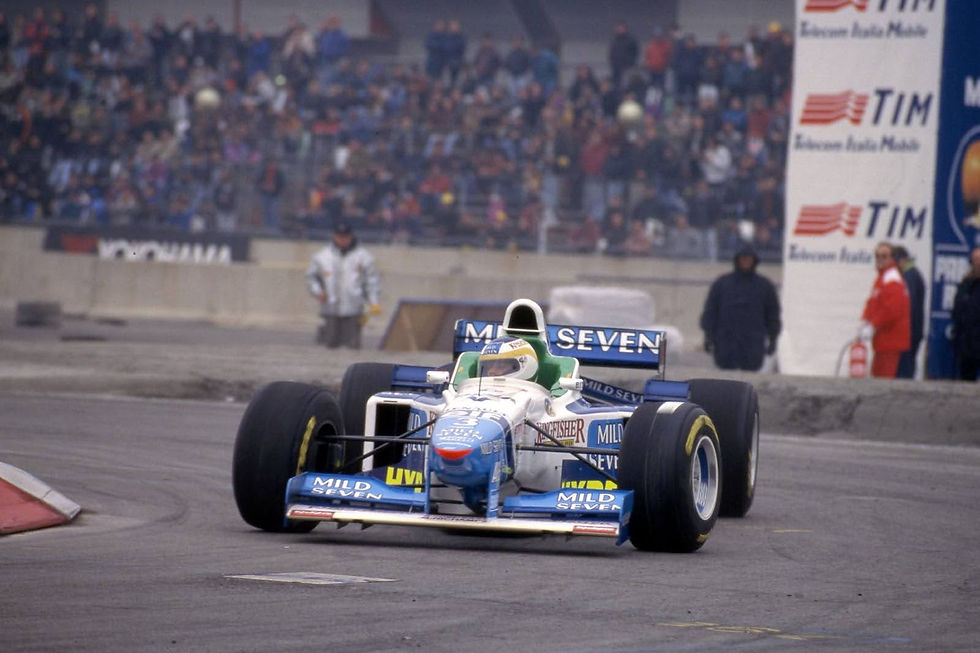
Fisichella easily beat Marques, but Trulli crashed, allowing Lavaggi to proceed to the finals - in one of the few rare moments of glory for the Italian in an F1 cockpit. Lavaggi’s joy was short-lived, however, as Fisichella easily won the final and became the last winner of the Trophy.
Due to costs and the prospect of a lack of interest for a possible 1997 edition, the race was rebranded as a F3000 event soon afterwards, continuing in this format until the final disbandment of the Trophy in 2007.





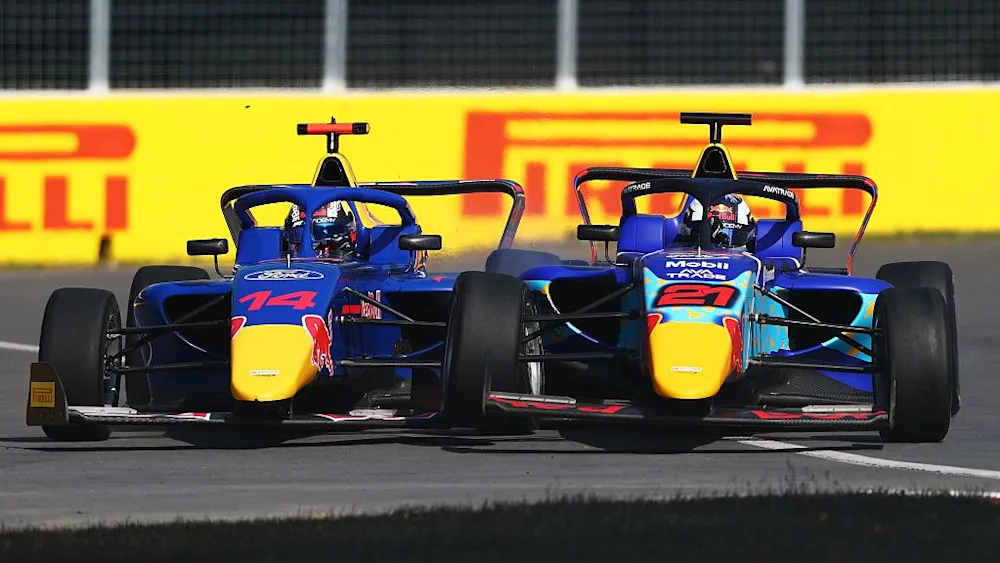

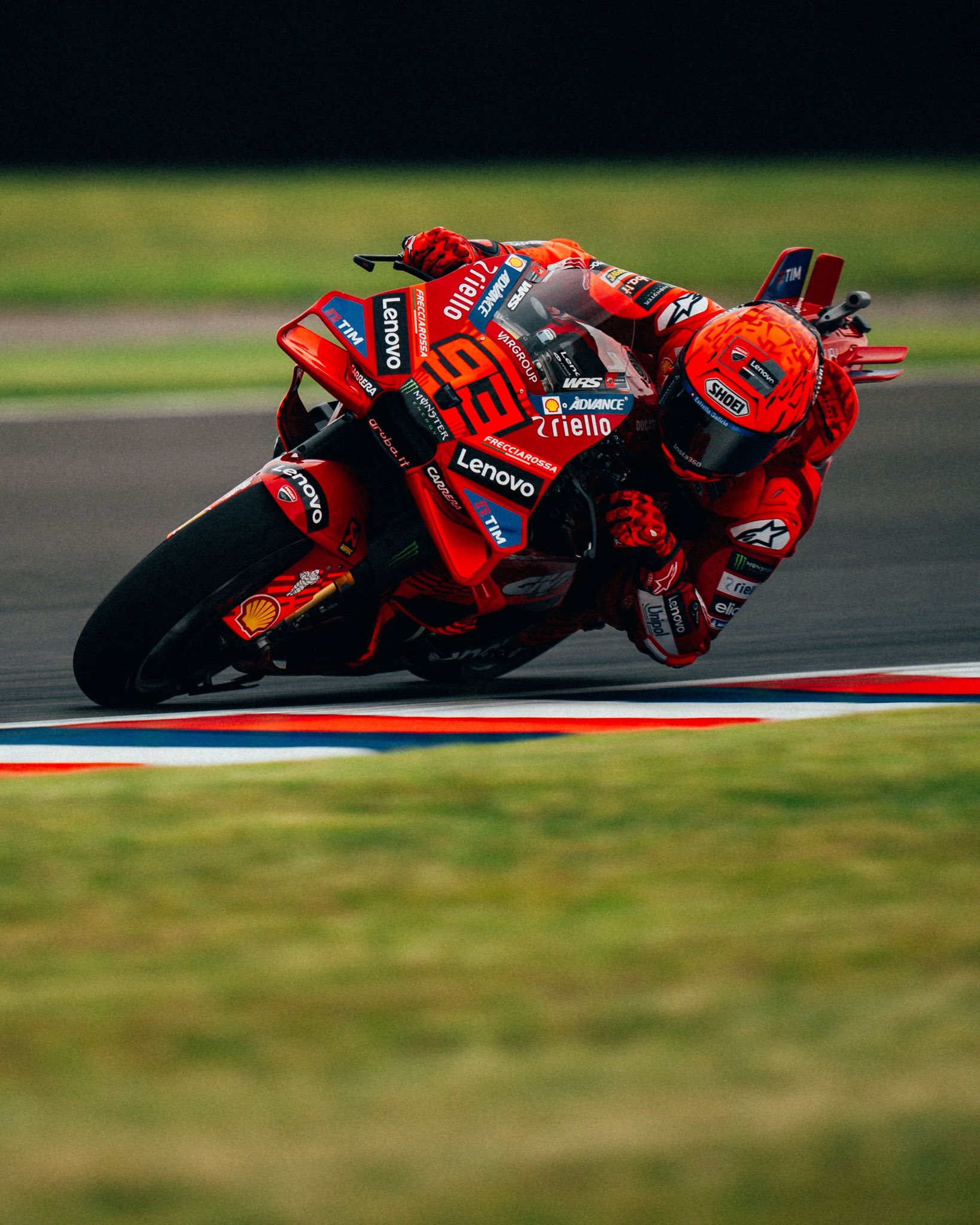



Comments